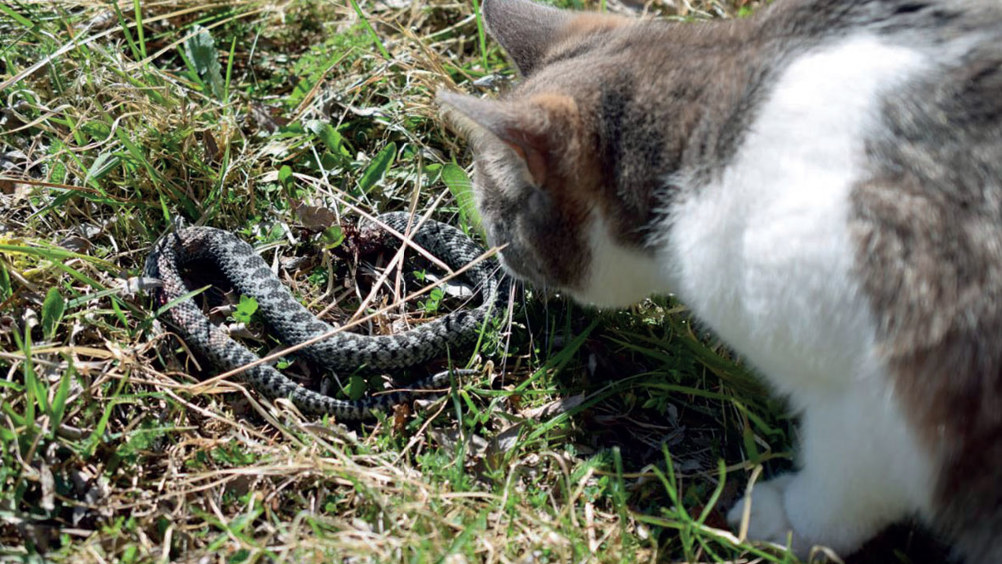Summer poisoning hazards to pets

Abstract
As the spring turns to summer, owners and their pets will spend even more time out of doors. Some venomous animals are more active in the warmer months and there is risk of adder bites or stings from bees, wasps and hornets. Adder bites can result in significant morbidity but low mortality. Insect stings commonly cause local reactions and although these are generally mild, stings involving the airway are more hazardous since there is risk of respiratory obstruction. In addition, there is also a risk of anaphylaxis in sensitive individuals (just as in people) and multiple stings can cause multiorgan damage. Slug and snail killer products are more commonly used in the summer and are therefore more accessible to pets. These commonly contain ferric phosphate rather than metaldehyde which has been banned in the UK, and are less hazardous. Harmful summer plants include those containing cardiac glycosides such as foxglove and oleander. Some plants such as hogweed contain compounds that cause skin damage following dermal contact in combination with exposure to sunlight, and are therefore a particular risk on sunny days.
Adder and stinging insects are more active in the warmer months, so bites and stings are a potential risk as people and pets spend more time outdoors in the warm weather. Slug and snail baits are more commonly used in summer months to control these garden pests, and pets may be exposed to scattered pellets or chewing inadequately stored containers. Algal blooms are also a potential risk, particularly in summer months and these may be more common in some years. Common flowers may also pose a risk in gardens or on walks.
This article briefly discusses some of the seasonal summer poisoning hazards for pets. If more detailed information is required when managing a case, consult a poisons information service (Box 1).
Box 1.Veterinary poisons information services
The European adder, Vipera berus berus is the only venomous snake native to the UK where it is a protected species. The adder generally only bites when provoked (Figure 1), and bites rarely occur during the winter when the snake is in hibernation but are frequent during the summer months usually when dogs explore while out on a walk. The adder is most commonly found on dry, sandy heaths, sand dunes, rocky hillsides, moorlands and woodland edges.
Register now to continue reading
Thank you for visiting The Veterinary Nurse and reading some of our peer-reviewed content for veterinary professionals. To continue reading this article, please register today.

